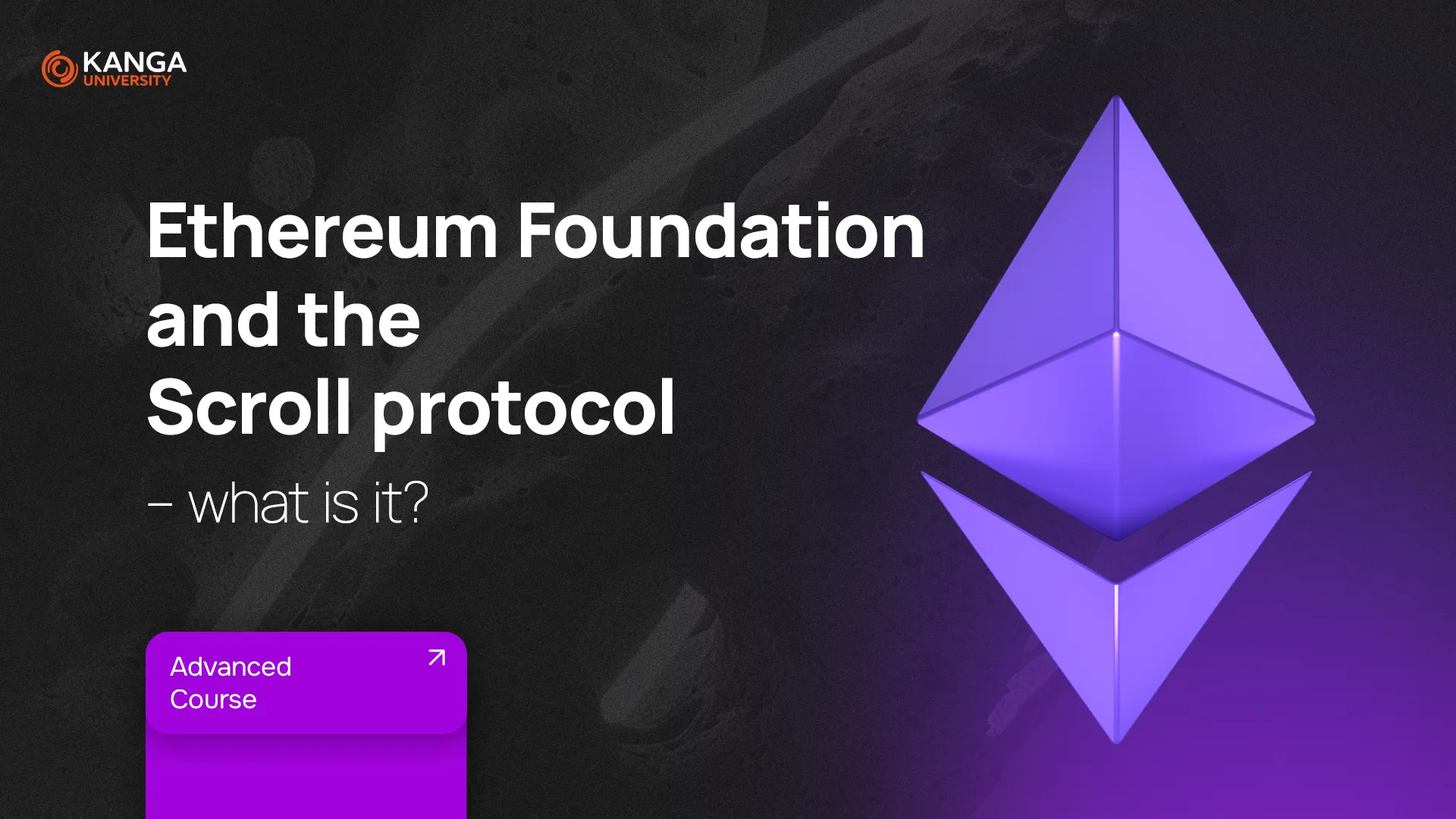
Ethereum is one of the most influential platforms in the crypto world — but it faces challenges like high transaction fees and limited scalability. That’s where Scroll comes in.
Scroll is a Layer 2 solution designed to make Ethereum faster, cheaper, and more accessible — without compromising on security or decentralization. It’s one of the most promising technologies aiming to unlock Ethereum’s full potential.
What is Scroll?
Scroll is a Layer 2 protocol that uses zk-Rollups, a technology that bundles multiple transactions into a single proof and submits it to Ethereum. This approach reduces congestion on the main Ethereum chain while preserving the same security guarantees.
What sets Scroll apart is its full compatibility with the Ethereum Virtual Machine (EVM). This means developers can move their Ethereum applications to Scroll without modifying their code. For users, it means better performance without having to learn anything new.
Why Scroll Matters
Scroll leverages Zero-Knowledge Proofs (ZKPs) — a cryptographic method that allows someone to prove something is true without revealing the details. In the context of Ethereum, it means Scroll can prove the validity of thousands of transactions using one small, secure proof.
The key benefits include:
-
Lower gas fees
-
Faster transaction processing
-
Compatibility with existing Ethereum smart contracts
-
Strong alignment with Ethereum’s core principles of openness and decentralization
Backed by the Ethereum Foundation
Scroll is being developed in close collaboration with the Ethereum Foundation, a non-profit that supports the Ethereum ecosystem. The project has even been reviewed by Ethereum co-founder Vitalik Buterin.
This relationship ensures Scroll has access to deep technical knowledge and can stay aligned with the long-term vision for Ethereum. It also means that Scroll is designed with sustainability and community in mind.
How Scroll Works
Scroll’s architecture is built around zkEVM — a virtual machine that replicates Ethereum’s behavior but within a zk-Rollup environment. Transactions are executed off-chain and then summarized into one proof, which is posted on the Ethereum blockchain.
This model dramatically improves scalability while maintaining the security and decentralization of the main chain.
Scroll is currently in its testing phase and plans to introduce a multi-layer ZK architecture. One layer will focus on generating proofs (prover), and the other will verify them (verifier). This setup opens the door to further advances in privacy and performance.
Key Advantages for Users and Developers
Scroll is designed to be simple and effective — whether you’re using an app or building one.
For users:
-
Faster and cheaper transactions
-
Native Ethereum compatibility
-
No need to learn new tools or systems
For developers:
-
Easy migration from Ethereum without rewriting code
-
Familiar development environment (EVM-compatible)
-
Lower deployment and testing costs
This developer-first approach makes Scroll especially attractive for projects looking to scale without complexity.
Summary
Scroll is a next-generation Layer 2 solution that brings speed, efficiency, and lower costs to Ethereum — all while preserving the security and openness of the main network. By combining zk-Rollup technology with full EVM compatibility, Scroll is positioned to become a cornerstone of Ethereum’s scaling strategy.
In a blockchain landscape where more users and applications demand better performance, Scroll offers a scalable, secure, and developer-friendly path forward.